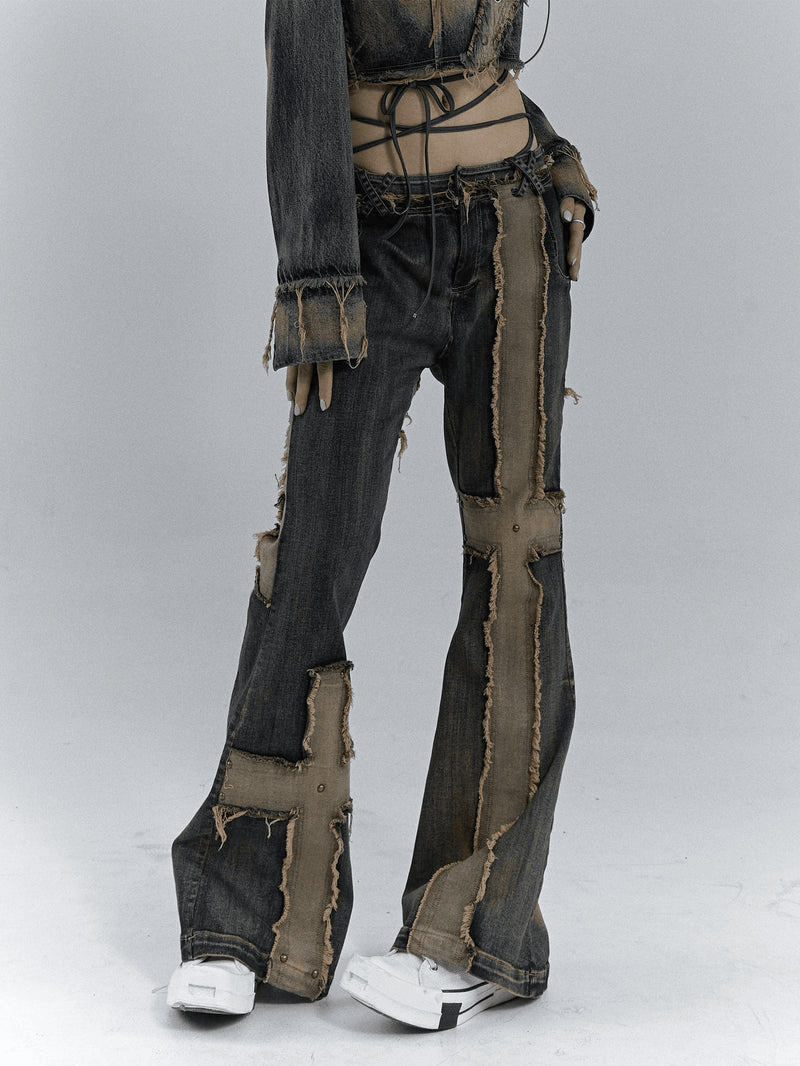In recent years, a quiet revolution has been unfolding in the world of denim, with Japanese jeans emerging as the new standard-bearers of quality and craftsmanship. Known for their meticulous attention to detail and dedication to traditional techniques, Japanese denim brands have been capturing the hearts of fashion enthusiasts worldwide. This blog delves into the unique aspects of Japanese jeans and how they are reshaping the global fashion scene.
The Heritage of Japanese Denim: Japanese denim's journey began in the post-war era, when Japan started producing denim using vintage American looms. These looms, often older models discarded by American manufacturers, were capable of creating denim with a unique character, unmatched by modern machinery. The result was a fabric with a distinct texture, rich indigo color, and exceptional durability. Today, cities like Okayama and Kojima are celebrated as denim capitals, with artisans continuing to create denim using these traditional methods.
Artisanship and Quality: The hallmark of Japanese denim is its unparalleled artisanship. Artisans in Japan view denim-making as an art form, paying close attention to every aspect of the process, from the spinning of the yarn to the dyeing and weaving of the fabric. This dedication to quality results in jeans that are not only aesthetically superior but also more durable and comfortable. The use of natural indigo dyes and the slow weaving process contribute to the depth of color and unique fading patterns that denim connoisseurs cherish.
Innovative Styles and Sustainability: Japanese brands are at the forefront of innovation in denim fashion. They experiment with a variety of weaves, weights, and textures, pushing the boundaries of traditional denim design. Furthermore, many Japanese denim manufacturers are embracing sustainable practices, such as using organic cotton and minimizing water usage, making them a favorite among environmentally conscious consumers.
Global Influence and Trends: Japanese jeans have gained a cult following worldwide, influencing global fashion trends. International designers often look to Japanese denim for inspiration, incorporating its aesthetics and techniques into their collections. The trend of raw, selvedge denim, popular among fashion-forward individuals, can largely be attributed to the influence of Japanese jeans.
Conclusion: The rise of Japanese jeans represents a shift in the fashion world towards valuing quality, craftsmanship, and sustainability. These jeans are more than just a piece of clothing; they are a testament to the enduring appeal of artisanship in an age of mass production. As the influence of Japanese denim continues to grow, it encourages a deeper appreciation for the materials we wear and the stories they tell.



